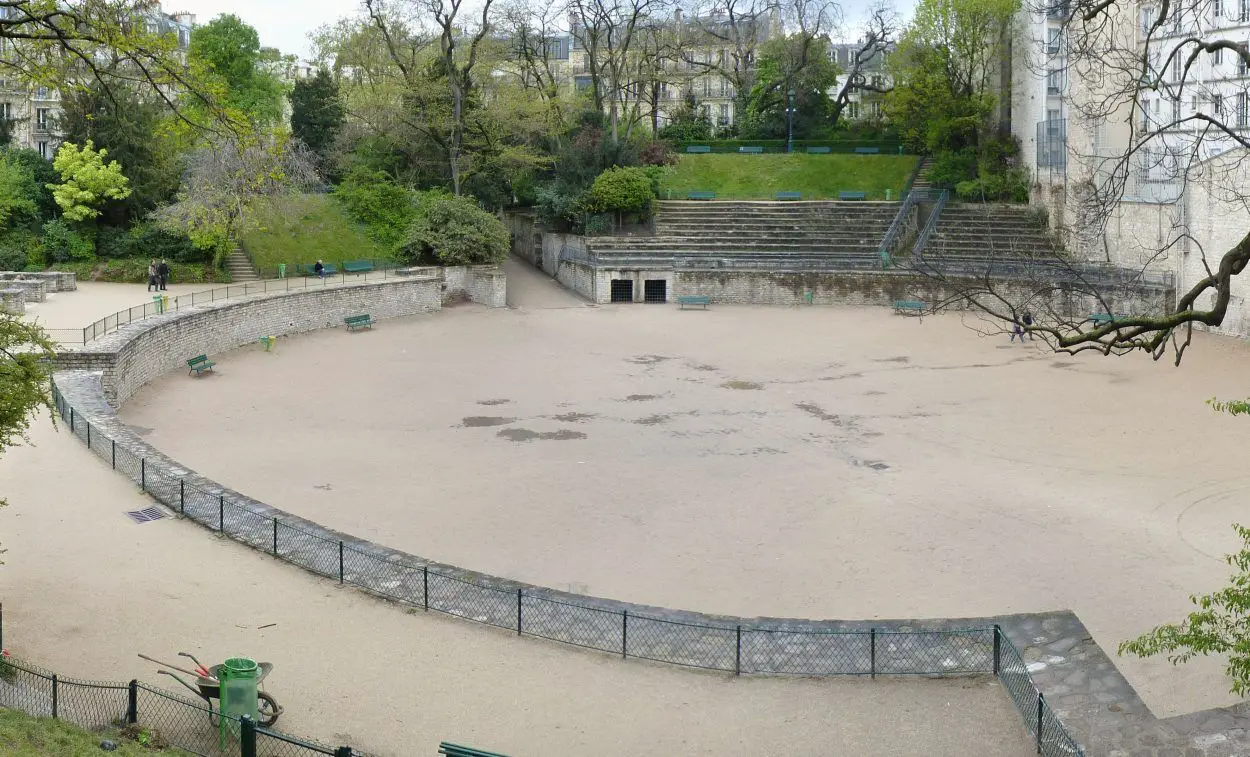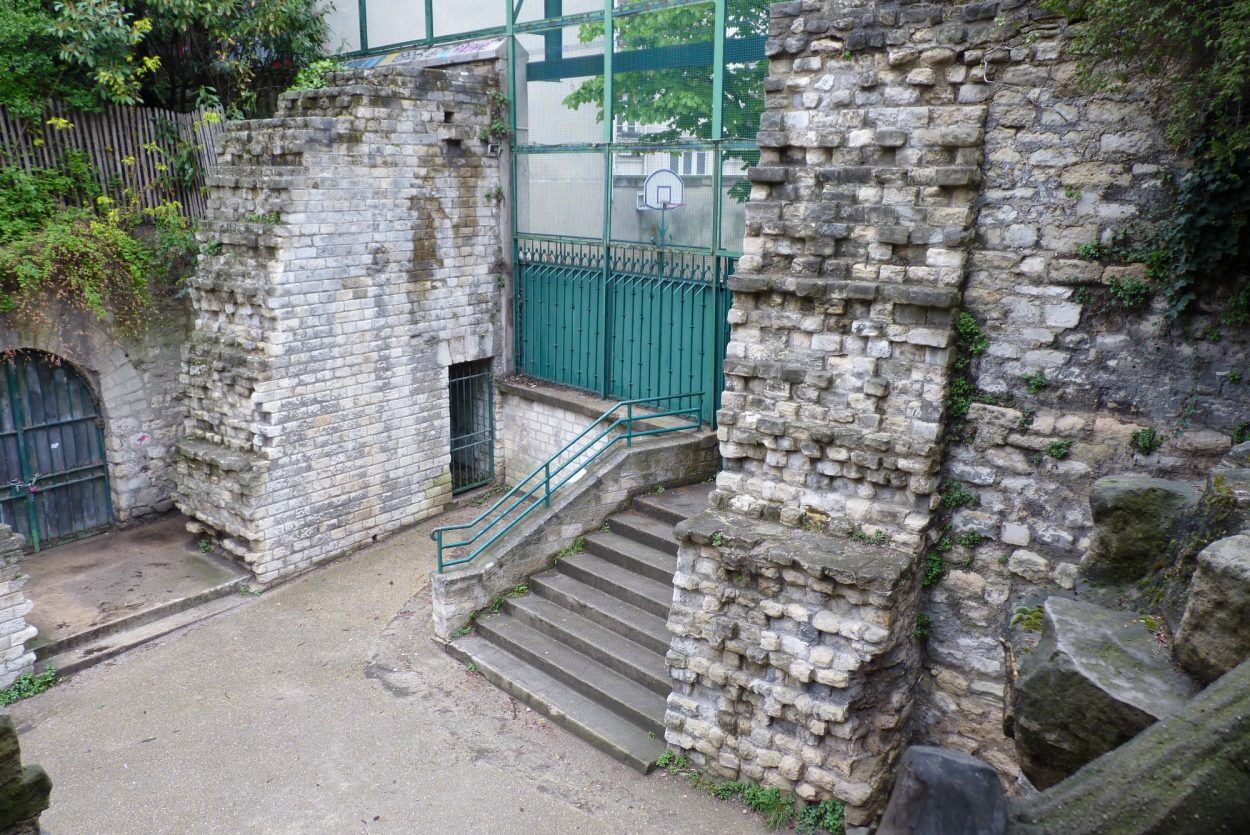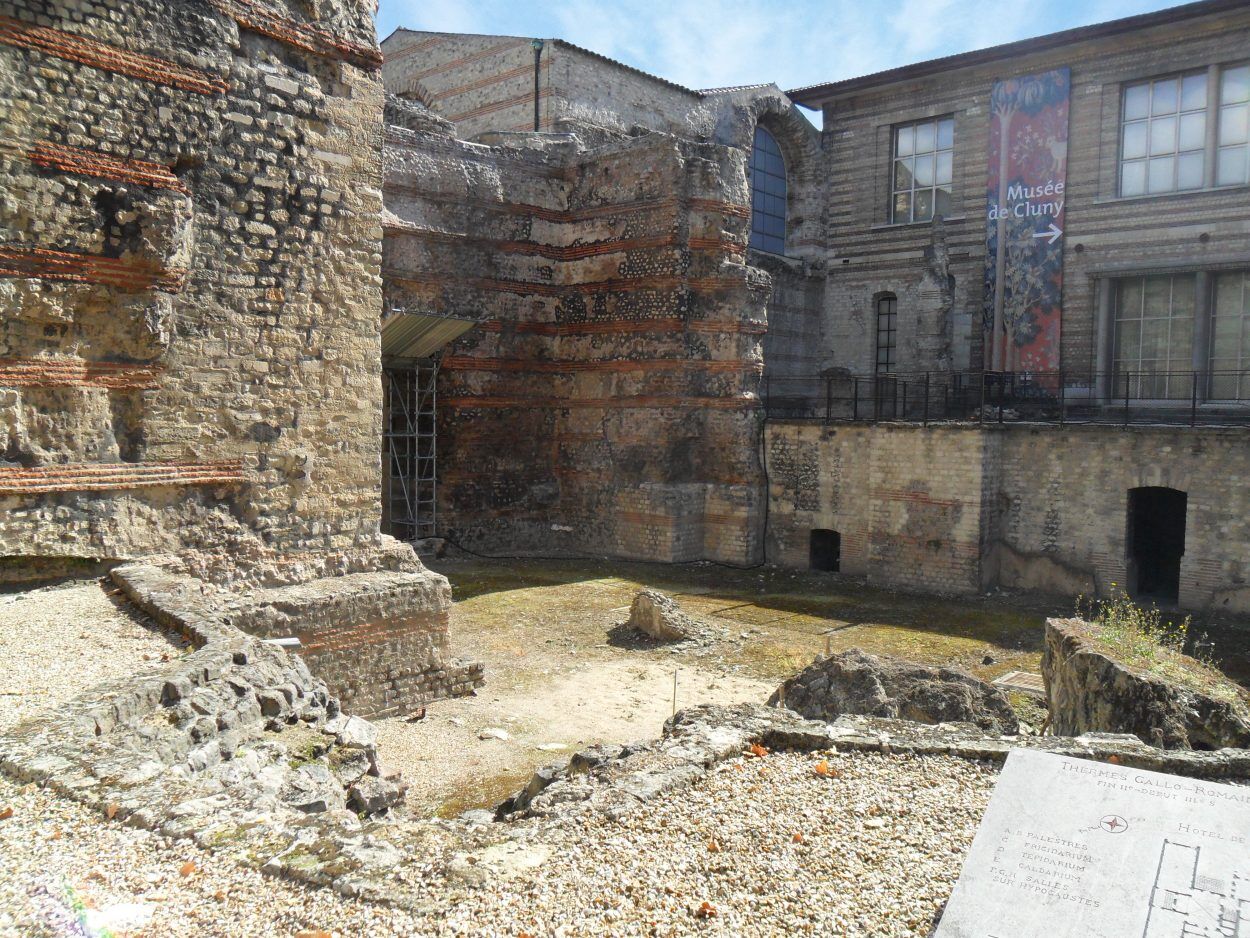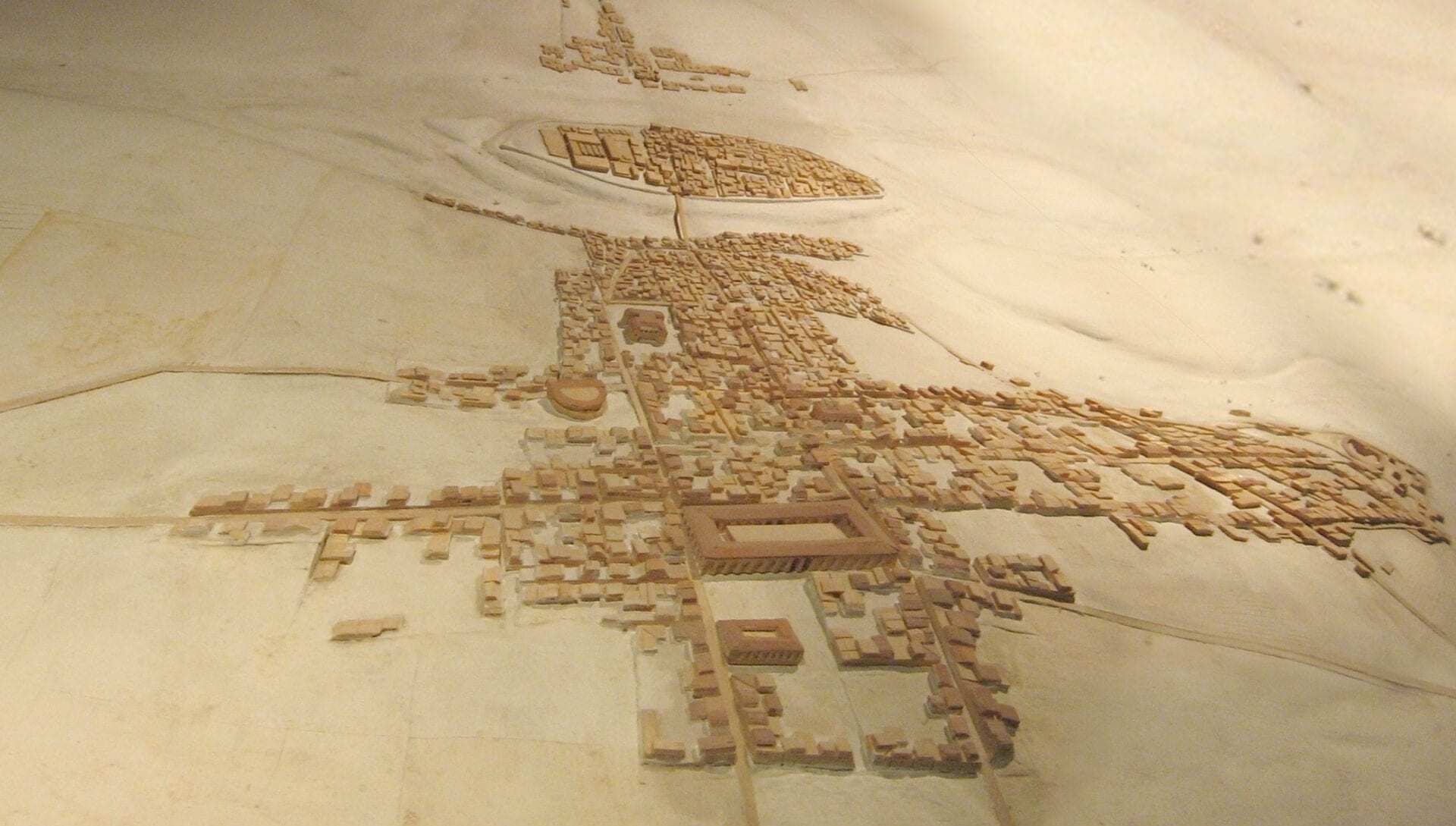Lutetia, also called Lutetia Parisiorum was a Roman town built in modern-day Paris, France, centred on a hill on the south bank of the Seine River.
The region was occupied by the Parisii tribe, a Gallic culture which had settled along the banks of the Seine from the middle of the 3rd century BC.
In Julius Caesar’s “Commentaries on the Gallic Wars” (52 BC) he references the oppidum of the Parisii on an island of the river Seine, which could be interpreted as the natural island of Île de la Cité in the centre of Paris where the Notre-Dame is now located.

Some archaeologists suggest that the Parissii were centred in modern-day Nanterre, a western suburb of Paris as indicated by a Gallic necropolis which has been dated to the third century BC and evidence of later Parissii dwellings that covered an area of 37 acres.
Around 52 BC, the Parisii, in an anti-Roman Gallic coalition fought the Roman Legions during the Gallic Wars at the Battle of Lutetia on the plain of Grenelle. The Romans defeated the coalition along with the Gauls at nearby Melun and took control of the region.
The Roman settlement was established at modern-day Montagne Sainte-Geneviève on a hill named Mons Lucotitius that overlooked the left bank of the Seine. Although the foundation date for the settlement is unknown, the earliest archaeological evidence using dendrochronology has dated wooden pilings beneath a Roman road in situ to AD 4.

The main expansion of Lutetia began during the reign of Emperor Augustus during the early 1st century AD as a Gallo-Roman garrison town, where a Roman street grid was established and the Pilier des Nautes (pillar of the boatmen) was erected in honour of Jupiter.
Many of the major public buildings and monuments were constructed in the 2nd century AD, that includes several temples, thermal baths, a large forum, basilica, courthouse, theatre and the Arena of Lutetia. At its peak, Lutetia had a population of around 5,000-8,000 inhabitants, covering an area of 284 acres.
During the 3rd century AD, many parts of the towns left bank was abandoned for the safety of the Île de la Cité, due to the threat of invading Germanic tribes. Stone from the abandoned buildings was repurposed to construct a defensive stone wall and the town was renamed to Civitas Parisiorum.

The town began to decline by the 5th century AD due to a series of contributing factors that effected most Roman population centres in the Western Empire. The Germanic incursions disrupting the ability to properly maintain an economy and effectively tax its populous, the mismanagement by consecutive Emperors, a reliance on mercenaries without a strong standing army and the loss of territory all contributed to a widespread deterioration of the Western Roman world. This allowed the Franks, a Germanic-speaking tribe to move into northern Gaul who defeated the last Roman armies in the region and establish a new Merovingian dynasty.
Header Image Credit : Ron4





